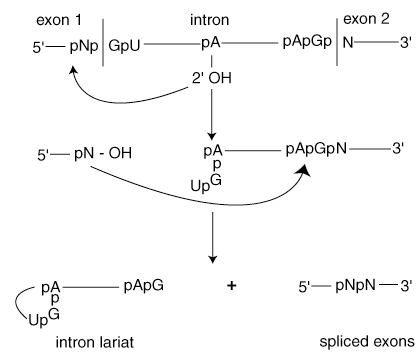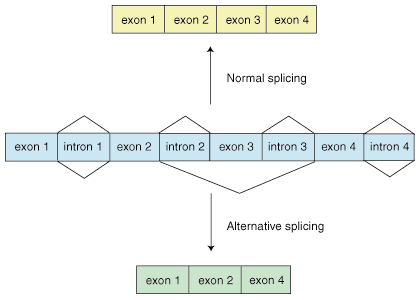Please wait while we process your payment
If you don't see it, please check your spam folder. Sometimes it can end up there.
If you don't see it, please check your spam folder. Sometimes it can end up there.
Please wait while we process your payment

By signing up you agree to our terms and privacy policy.
Don’t have an account? Subscribe now
Create Your Account
Sign up for your FREE 7-day trial
By signing up you agree to our terms and privacy policy.
Already have an account? Log in
Your Email
Choose Your Plan
Individual
Group Discount
Save over 50% with a SparkNotes PLUS Annual Plan!
 payment page
payment page
Purchasing SparkNotes PLUS for a group?
Get Annual Plans at a discount when you buy 2 or more!
Price
$24.99 $18.74 /subscription + tax
Subtotal $37.48 + tax
Save 25% on 2-49 accounts
Save 30% on 50-99 accounts
Want 100 or more? Contact us for a customized plan.
 payment page
payment page
Your Plan
Payment Details
Payment Summary
SparkNotes Plus
You'll be billed after your free trial ends.
7-Day Free Trial
Not Applicable
Renews July 16, 2025 July 9, 2025
Discounts (applied to next billing)
DUE NOW
US $0.00
SNPLUSROCKS20 | 20% Discount
This is not a valid promo code.
Discount Code (one code per order)
SparkNotes PLUS Annual Plan - Group Discount
Qty: 00
SparkNotes Plus subscription is $4.99/month or $24.99/year as selected above. The free trial period is the first 7 days of your subscription. TO CANCEL YOUR SUBSCRIPTION AND AVOID BEING CHARGED, YOU MUST CANCEL BEFORE THE END OF THE FREE TRIAL PERIOD. You may cancel your subscription on your Subscription and Billing page or contact Customer Support at custserv@bn.com. Your subscription will continue automatically once the free trial period is over. Free trial is available to new customers only.
Choose Your Plan
This site is protected by reCAPTCHA and the Google Privacy Policy and Terms of Service apply.
For the next 7 days, you'll have access to awesome PLUS stuff like AP English test prep, No Fear Shakespeare translations and audio, a note-taking tool, personalized dashboard, & much more!
You’ve successfully purchased a group discount. Your group members can use the joining link below to redeem their group membership. You'll also receive an email with the link.
Members will be prompted to log in or create an account to redeem their group membership.
Thanks for creating a SparkNotes account! Continue to start your free trial.
We're sorry, we could not create your account. SparkNotes PLUS is not available in your country. See what countries we’re in.
There was an error creating your account. Please check your payment details and try again.
Please wait while we process your payment

Your PLUS subscription has expired
Please wait while we process your payment
Please wait while we process your payment

The Chemistry of the Primary RNA Transcript Splicing Reaction and Alternative Splicing
In the first step of primary RNA transcript splicing, the 2' –OH on the branch point A attacks the phosphoryl group of the G in the 5' splice site. This G is the boundary between the 5' end of the intron and the 3' end of the adjacent exon. The attack leads to the breaking of the phosphodiester bond between the 3' end of the exon and the 5' end of the intron and the formation of a new phosphodiester bond between the branch point A and the 5' end of the intron.

As is illustrated in the figure above, the first splicing step breaks the primary transcript into two pieces. One piece contains the 5' end of an exon, with a new free 3' –OH. The other piece is a strange looking structure that resembles a lasso and as a result is called a lariat structure. The lariat contains the intron that is still connected to a second exon.
In the second step of primary transcript splicing, the newly released 3' –OH of exon 1 attacks the phosphoryl group on the 5'-most nucleotide of exon 2. The resulting phosphodiester bond is the boundary between the intron and the second exon. The final products of the reaction are the two joined exons and the intron, which is still in the lariat structure.
Alternative splicing is a way of introducing diversity to the gene products of transcription by creating multiple protein products from the same DNA sequence. Alternative splicing accomplishes this in two ways: 1) by splicing together exons from two different primary RNA transcripts in a process called trans- splicing; 2) by splicing out entire exons.

Please wait while we process your payment

